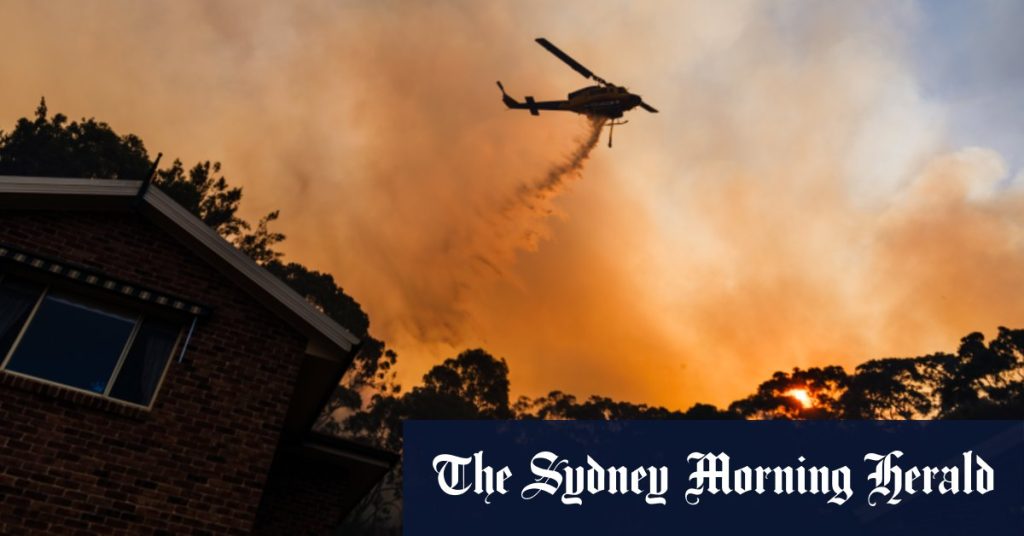Efforts to control a hazard reduction burn that quickly burst containment lines on Sydney’s northern beaches will continue on Sunday as fire crews face a race against the clock to reduce fuel in suburbs that have not burnt in decades. The NSW Rural Fire Service issued an emergency warning on Saturday afternoon regarding a blaze on Meatworks Avenue at Oxford Falls, telling some residents in the Cromer Heights area it was too late to leave. The fire began as a planned burn but reached 100 hectares by 8pm, when the fire service said conditions had eased and the blaze was “being controlled”. Crews were working to strengthen control lines and may need to light additional backburns in areas with pockets of bush at risk of igniting.
The RFS completed just 43% of its 325,000-hectare hazard reduction target last financial year due to wet conditions. Despite this, crews had burnt 70% of their hazard reduction target in areas around homes and properties. Efforts were focused on the specific area where the fire escaped, as it had not been burnt for 30 years. Inspector Ben Shepherd of the RFS acknowledged the importance of completing hazard reduction burns and the dedication of firefighters. He emphasized the need to balance the urgency of the work with ensuring it is done safely, especially considering the significant backlog of planned burns due to three wet years.
The wet conditions had posed challenges for the RFS in meeting their hazard reduction targets, but warmer weather in August and September had provided an opportunity for burns to be carried out. However, Shepherd stressed that firefighters were not taking greater risks to catch up on the backlog. The priority remained on ensuring that burns were done safely and effectively. Shepherd acknowledged the efforts and dedication of the firefighters who were on the scene during the containment lines breach, recognizing their understanding of the importance of the work being done and the need to complete it.
The RFS was taking necessary steps to combat the blaze and prevent any further threats to homes. Crews were focused on reducing fuel around properties to minimize the risk of future fires. Shepherd mentioned that backburns may need to be initiated in the coming hours to contain the fire and reduce the risk of it spreading. While there could be increased smoke and visible fire as a result of these backburns, Shepherd stated that he did not anticipate any further threats to homes at this stage. The containment and control of the fire remained a top priority for the RFS, with efforts continuing to strengthen control lines and suppress the blaze.
The importance of hazard reduction burns as a preventative measure against bushfires was highlighted by the RFS in response to the containment lines breach. The need to reduce fuel levels in areas that had not burnt for decades was emphasized, as this could lower the risk of large-scale bushfires. The significant backlog of planned burns due to weather conditions was cited as a major factor in the challenges faced by the RFS in meeting their hazard reduction targets. Efforts were being made to prioritize reducing fuel around homes and properties to protect communities from potential fire threats. The dedication and commitment of the firefighters involved in the containment and control of the blaze were recognized, with a focus on ensuring their safety while carrying out the necessary operations.


